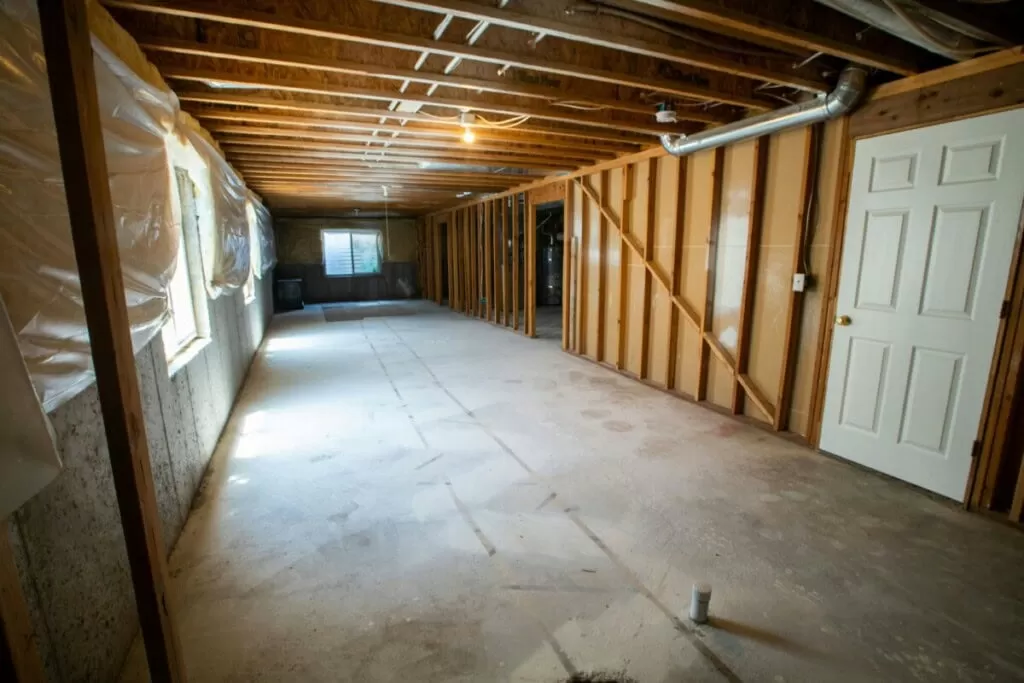When we think about buying or selling a home, the first thing that comes to mind is the square footage. It’s a crucial factor in determining the value, marketability, and financing options of a property. However, one question that often arises in the real estate world is whether a basement should be included in a home’s total square footage. The answer may not be as straightforward as we think. Understanding how basements factor into square footage can help homeowners, buyers, and real estate agents make informed decisions when it comes to buying or selling a property.
First and foremost, let’s define what square footage means. Square footage, also known as living area or living space, is the measure of the total area of a home, including all finished, heated, and livable spaces. It does not include garages, patios, decks, or unfinished areas. This definition may vary slightly depending on the location and local regulations. However, generally speaking, it gives us a good idea of what square footage entails.
Now, let’s talk about basements. A basement is a partially or fully underground level of a home, usually used for storage or as an additional living space. In some cases, basements may also have windows and doors that provide access to the outside. The key difference between a basement and other livable spaces in a home is that it is underground. This distinction is what creates confusion when it comes to counting basements towards a home’s square footage.
In most cases, basements are not included in the total square footage of a home. The reason for this is that they are not considered living spaces, as they are underground and have a different set of regulations compared to above-ground structures. However, there are a few exceptions to this rule. If a basement has been legally converted into livable space and meets local building codes, it can be included in the total square footage of a home. This is often the case when a homeowner has added a bedroom, bathroom, or kitchen to the basement, making it a functional living space.
So, why does it matter whether a basement is included in a home’s square footage or not? The answer lies in the value and marketability of a property. Homes with a larger square footage tend to have a higher value, as they offer more living space and potential for various uses. By excluding basements from the square footage, the value of a home may appear lower than what it actually is, which may not be ideal for sellers. On the other hand, buyers may get a better deal if a basement is not included in the square footage, as they can enjoy the additional space without having to pay for it.
Apart from value, basements can also play a role in financing options for a property. Lenders often consider the total square footage of a home when determining the loan amount and terms. If a basement is included in the square footage, it can increase the total square footage, resulting in a higher loan amount and potentially better financing options for buyers. However, if a basement is not included in the square footage, it may not have much impact on the financing aspect of a property.
In conclusion, whether a basement should be counted towards a home’s square footage depends on its usage and local building codes. While it may not always be included in the total square footage, it can still add value and marketability to a property. As a homeowner or a buyer, it’s crucial to understand how basements factor into square footage to make informed decisions when it comes to buying or selling a home. Consulting with a reputable real estate agent can also help in navigating through this aspect of property transactions.

